Rococo, Neoclassicism, & The Enlightenment
1/10
There's no tags or description
Looks like no tags are added yet.
Name | Mastery | Learn | Test | Matching | Spaced |
|---|
No study sessions yet.
11 Terms
Enlightenment
philosophy (17th - 18th century) of rational thought based on empirical evidence and optimism for the perfectibility of human society, championed science and progress
Beginning of Industrial Revolution
economic power shift to industry from agriculture/landholders, capitalists make money, expanding lower and middle classes in cities
Rococo
18th cent. Style following Baroque in architecture, interior design, painting, decorative arts, sculpture, mid - late 18th century
Ornate, fanciful, elaborate, pastel colors, white and gold, curves
Began in France – extension of Versailles court culture into Parisian society
Spread to other European countries, esp. southern Germany, Italy, Russia
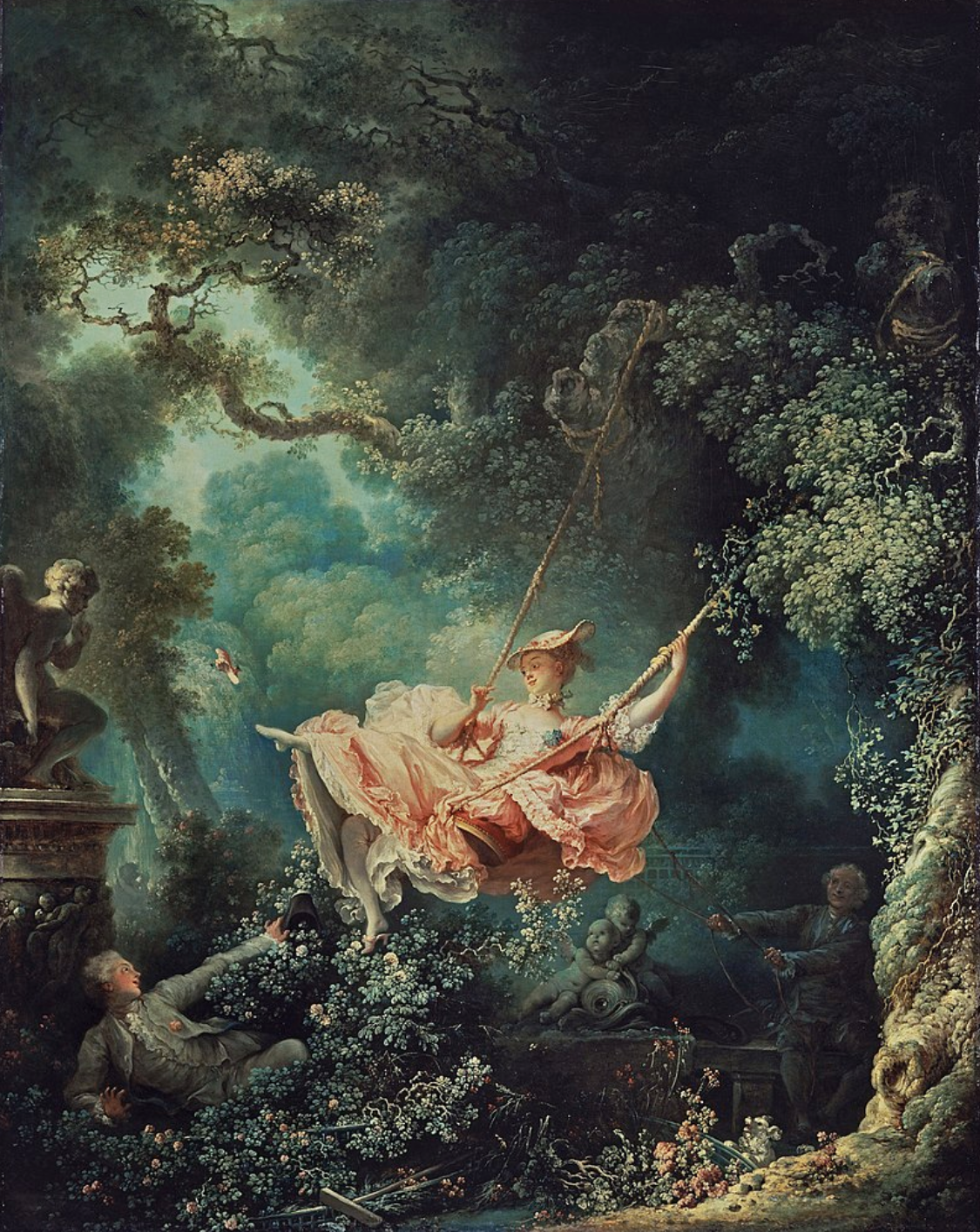
The Swing by Jean-Honoré Fragonard
1767, Rococo, France, 2′ 8″ x 2′ 1″, oil on canvas
What did Neoclassicism look like in the 18th century?
Connected to Enlightenment ideas of the perfectibility of man, rationality, and the progress of civilization (with Western civilization in the lead)
Revival of interest in Greco-Roman Antiquity (the Classical era)
Visually: formal balance and symmetry, restrained color, whiteness
What did Neoclassicism focus on in architecture?
symmetry, columns, pediments, arches
What was the idealized form in Neoclassicism
realistic anatomy from observation
idealized form - (bodies perfected) or unflinching honesty (truth in realism)
realism as a marker of an advanced culture (it is virtuous, highly developed)
nudity, mostly male but also female examples
white marble sculpture - no color - (it is pure, high-minded)
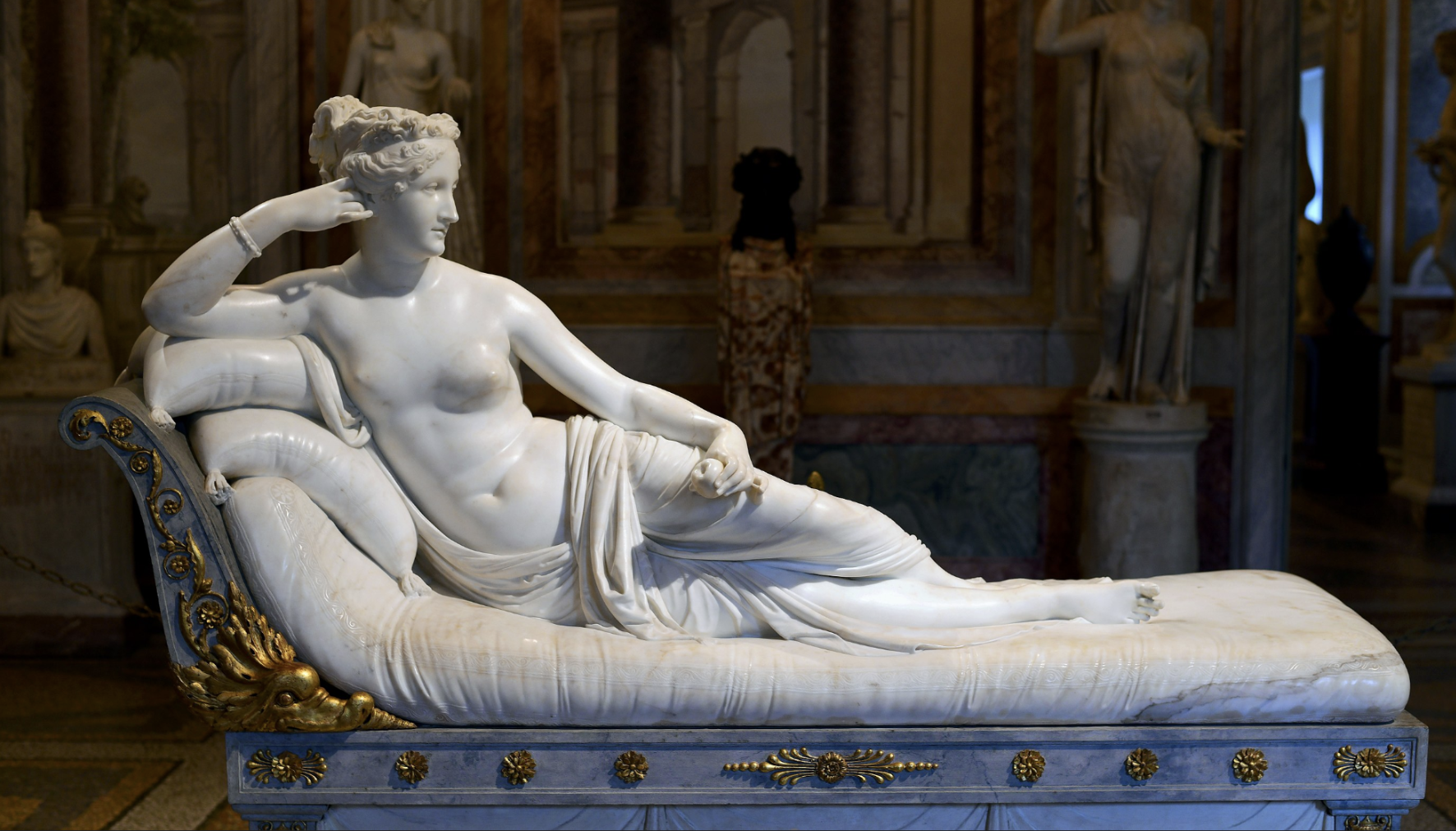
Venus Victrix (Paolina Borghese) by Antonio Canova
1808, Neoclassicism, Italy, marble, life-sized,
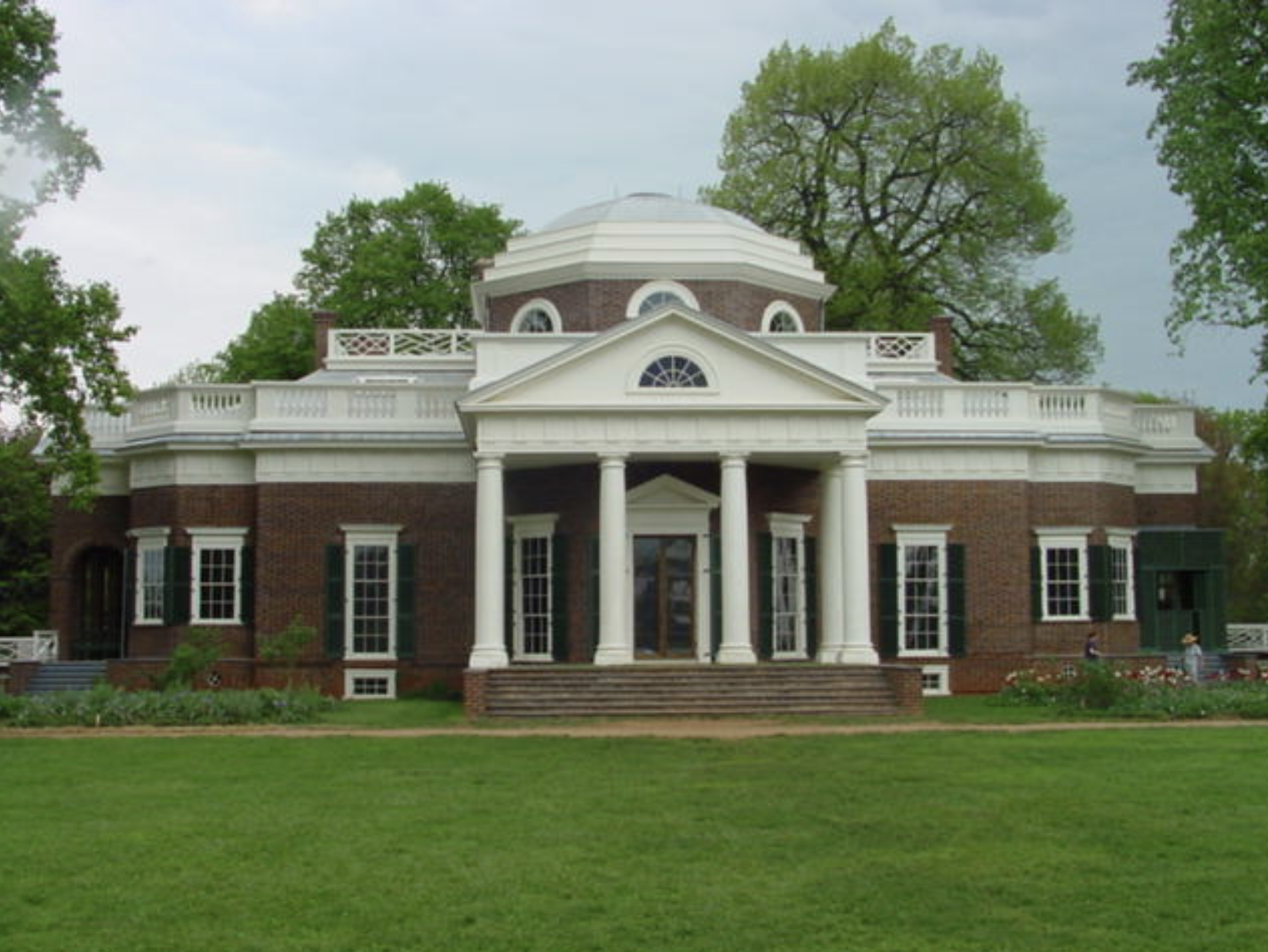
Monticello by Thomas Jefferson
Neoclassicism, Charlottesville, Virginia 1769-1782, 1796-1809
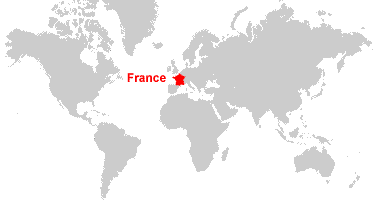
Map
France
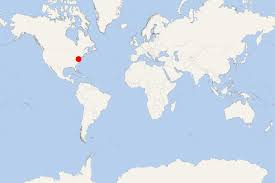
Map
Washington DC, USA